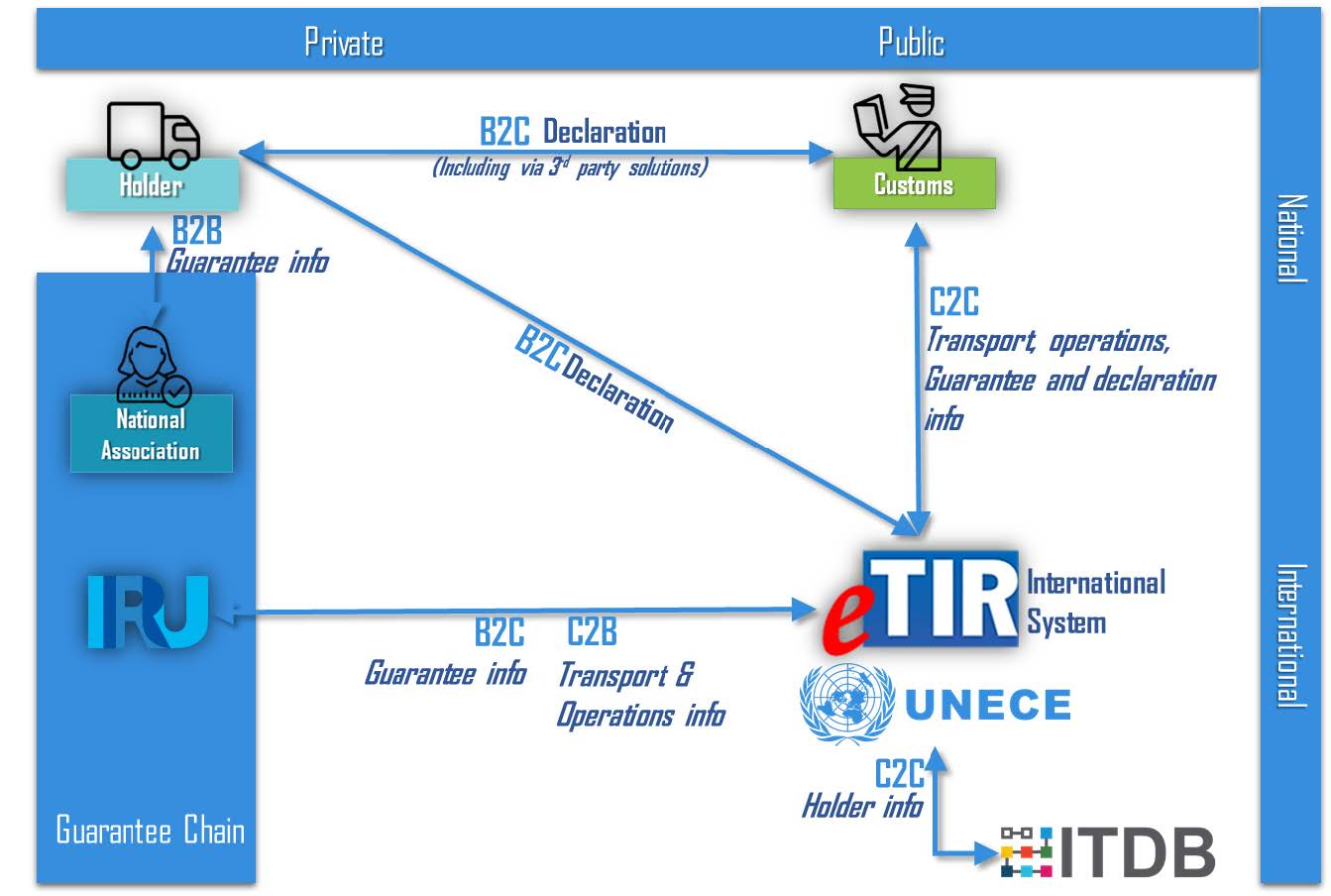The surveys prepared by ESCWA targeting banks, firms and policy makers are aimed at gauging the conditions for trade financing in the region particularly during the COVID-19 pandemic.
The survey for policy makers is meant to understand the scale of success in relation to trade finances strategy of countries in the region and how do governments assess the monitoring of the overall trade finances performance.
